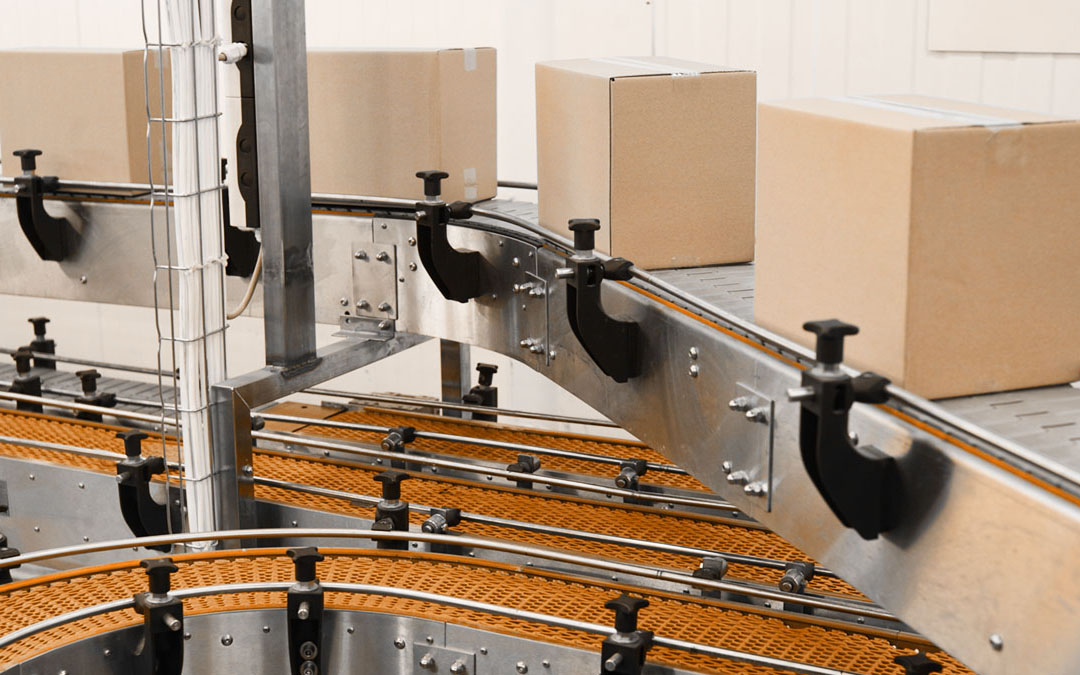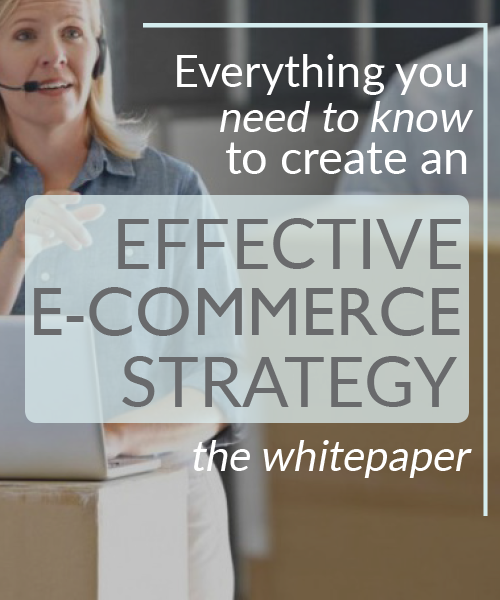Often referred to as the world’s biggest online store, Amazon affects the worlds of e-commerce and packaging just as much as they benefit from them. And, as part of their push to make both of those worlds into frustration-free experiences, they’ve built up policies and programs designed to help vendors get the most out of their services. But all those necessary Amazon packaging acronyms can get confusing, to say the least.
So, we thought it a good idea to pull together a few of the biggest acronyms they use. These are the ones that vendors will come across most often in their pursuit of selling success. And in these days of unboxing experiences, custom packaging and endless competition, we believe any little bit helps.
If your business is affected by Amazon’s APASS endeavour and you’re looking to make sure your packaging is on the right track, drop us a line. We’d be happy to point you in the right direction.
What is Amazon APASS? That blog link will tell you what you want to know.
AMZ – Amazon
It’s a shorthand used by vendors, marketers and sellers. Self-explanatory, we know.
APASS – Amazon Packaging Support and Supplier Network
A network of Amazon-certified packaging companies meant to help vendors and sellers create packaging solutions that meet Amazon’s packaging guidelines. They have the resources, contacts and testing equipment that vendors and sellers aren’t otherwise able to access.
Want to learn more about it? Read our blog post on Amazon APASS.
ASIN – Amazon Standard Identification Number
A 10-character alphanumeric code assigned to a product listed on Amazon. It’s like a UPC code, but a system exclusive to Amazon. Every product has its own unique number, but in the case of physical books, it’s often the same as its International Standard Book Number (ISBN).
FBA – Fulfillment by Amazon
A fee-based service provided by Amazon. A product is stored, picked, packed and shipped to a customer directly from Amazon’s warehouses. Vendors who have limited storage space are most likely to take advantage of FBA (which also includes customer service like returns and exchanges). Most of these products qualify for Amazon’s free shipping tier.
FBM – Fulfillment by Merchant
This is when a product is stored, picked, packed and shipped to a customer from the vendor or seller, rather than Amazon. This is done most often by vendors who have their own storage space, or when it’s too close to the Christmas season to store merchandise in Amazon’s warehouses. These products do not qualify for Amazon’s free shipping tier.
FNSKU – Fulfillment Network Stock Keeping Unit
A number-based code that identifies an FBA product as belonging to a specific vendor or seller. Like an ASIN, every product has its own unique number so everything is easily organized, picked and tracked.
FFP – Frustration-Free Packaging
This is packaging that requires no prep by Amazon. The product is housed in packaging that doubles as its branded packaging and its shipping packaging. It’s easy for Amazon to ship, opened quickly by customers, and thrown in the recycling bin when done.
For example, Fisher-Price uses brightly-coloured packaging for their merchandise in stores, but their Frustration-Free Packaging is a kraft corrugated box with minimal branding. FFP is Tier 1 in the APASS system.
SIOC – Ships-In-Own-Container
This is also packaging that requires no prep by Amazon. The product, already packed in its branded packaging, is placed into its shipping packaging and sent to Amazon’s warehouse. It’s shipped out by Amazon with no need for additional packaging, easily opened by a customer, and goes right in the recycling afterwards. SIOC is Tier 2 in the APASS system.
PFP – Prep-Free Packaging
This is packaging that does require prep by Amazon. The product is in packaging that is branded but can’t be shipped without additional protection. Amazon employees pack and ship the product to a customer using an Amazon overbox (see the next definition). PFP is Tier 2 in the APASS system.
OB – Amazon Overbox
This is the box with the instantly-recognizable Amazon smile. It’s accompanied by a strip of (also instantly-recognizable) reinforced water activated packing tape with the Amazon logo printed on it.
If you’re selling through Amazon, it’s important your packaging strategy matches up with their expectations. We think these Amazon packaging acronyms will help you do that. You’ll not only make shipping easy, you’ll keep customers happy and build your reputation as a smart, trustworthy brand.
And if you’re looking to get your packaging APASS-ready? We’d be happy to make a few introductions.




